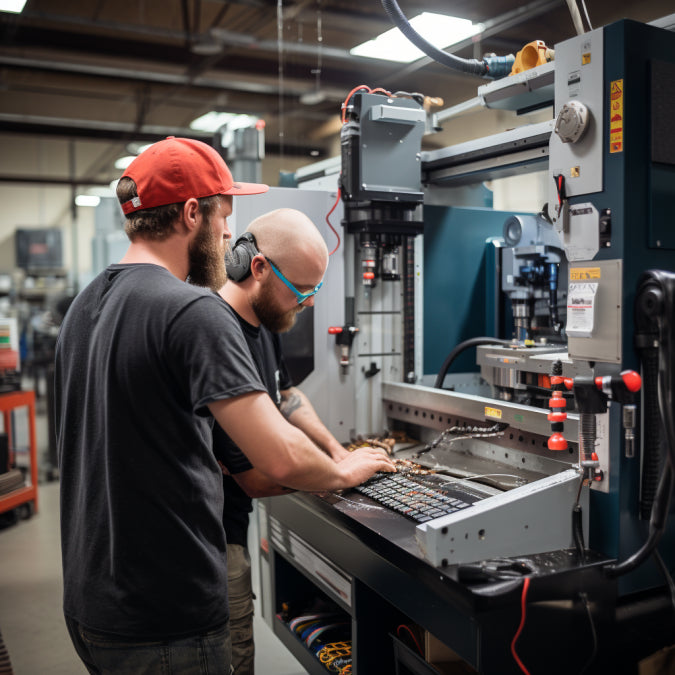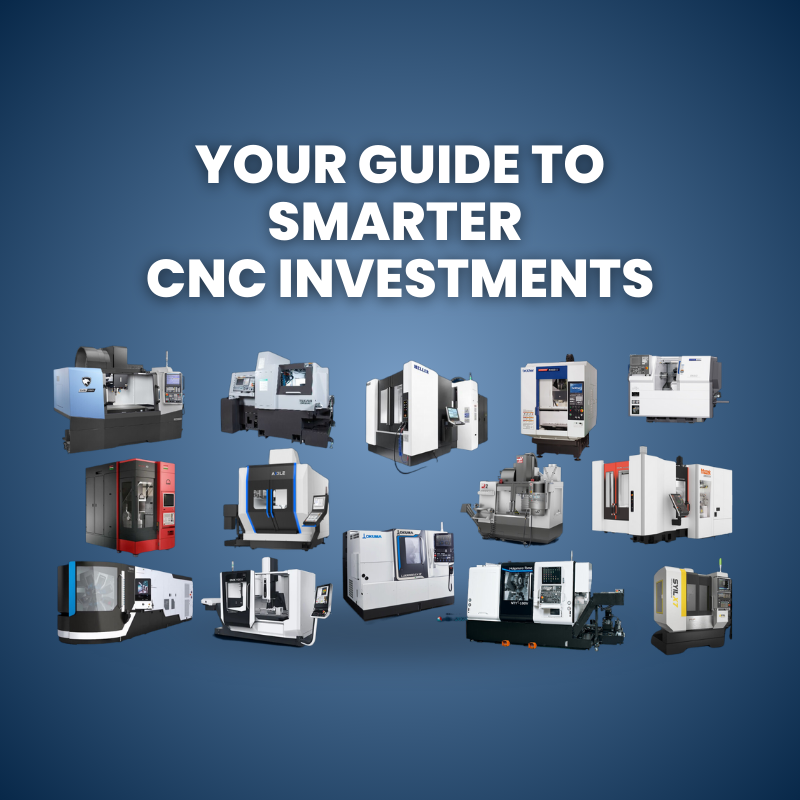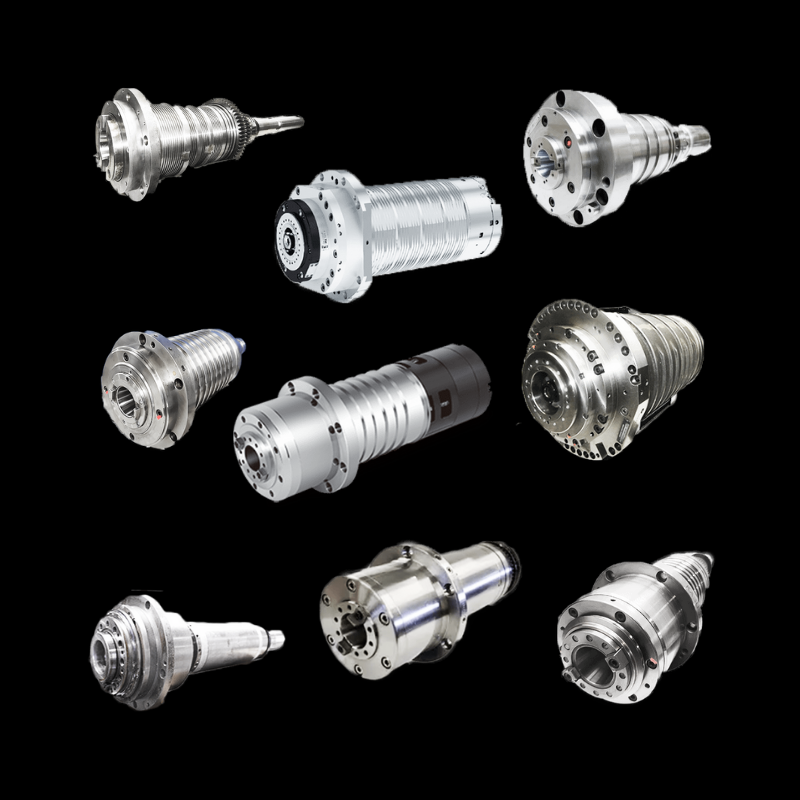Starting on setting up your first CNC machine can be both exciting and daunting. This comprehensive guide is crafted to navigate you through the important phases of installation and commissioning, ensuring that your transition from a machine delivery to a fully operational workshop is smooth and successful.
For newcomers to CNC machinery, installation and commissioning are critical stages that lay the foundation for efficient operation. This process encompasses workshop preparation, professional machine installation, calibration, testing, and operator training. Attention to detail during these stages ensures not only the precision and longevity of your CNC machine but also the safety and productivity of your operations.
Let’s delve deeper into each phase, equipping you with the knowledge to efficiently set up your CNC machine. From preparing your workspace to the final operational checks, this guide is your roadmap to a successful CNC machine setup.
1. Initial Workshop Preparations for Setup
- Space Planning and Environment Setup: Assess the space requirements of your CNC machine, considering not just the machine's footprint but also additional space for operation and maintenance. Ensure that the workshop environment, including lighting and temperature, is conducive to both the machine's needs and operator comfort.
- Electrical Infrastructure and Ventilation Systems: Your CNC machine has specific power requirements. Consult with an electrician to ensure your workshop's power supply is adequate and stable. Ventilation is another critical aspect, particularly for machines that generate significant heat or particulates. A well-designed ventilation system maintains air quality and machine performance.
- Flooring Requirements: A level and sturdy floor is essential. For heavier machines, reinforced concrete flooring might be necessary to support the weight and maintain alignment. Vibration dampening may also be considered to enhance machine stability and precision.
2. The Technicalities of Machine Installation
- Collaboration with Professional Technicians: Utilizing the expertise of professional technicians, typically provided by the machine manufacturer or supplier, is paramount. They bring essential know-how for handling complex installation and calibration tasks.
- Calibration for Precision: Precise calibration is essential. Technicians will use specialized equipment to align, level, and calibrate the CNC machine, ensuring it operates within the required tolerances.
- Implementing Safety Protocols: Safety cannot be overstated. This includes ensuring clear access, proper machine grounding, and the installation of safety guards and emergency stop mechanisms.
3. Commissioning: Bringing Your Machine to Life
- Comprehensive Function Testing: Before full operation, the machine undergoes extensive testing. This includes running it through various operations to verify accuracy and functionality.
- In-Depth Operator Training: Operator training is critical. It should cover machine operation, safety procedures, basic troubleshooting, and maintenance practices. This training ensures operators are confident and capable of running the machine safely and efficiently.
- Final Adjustments for Optimal Performance: Based on initial test runs, technicians might make final adjustments. These tweaks are crucial for optimizing the machine's performance and ensuring longevity.
4. Post-Installation: Ensuring Long-Term Success:
- Establishing a Maintenance Routine: Regular maintenance is vital. This includes scheduled inspections, lubrication, cleaning, and part replacements as necessary. A well-maintained machine performs optimally and has a longer life span.
- Securing Ongoing Technical Support: Building a relationship with your machine’s supplier or a trusted technical support service ensures you have access to expert advice and assistance when needed, be it for troubleshooting, upgrades, or further training.
- Understanding Warranty and Service Agreements: Familiarize yourself with the warranty and service agreements of your CNC machine. Knowing what's covered and for how long can save significant costs and downtime in the future.
5. Advanced Preparations for Specialized Machines
- Specialized Equipment Considerations: For more advanced or specialized CNC machines, additional preparations may be necessary. This includes the installation of supplementary systems like coolant systems, chip conveyors, or high-precision tooling setups.
- Integration with Existing Systems: If your CNC machine needs to be integrated into an existing production line or network, careful planning is required. This might involve software configurations, network connections, and ensuring compatibility with existing equipment.
- Environmental Controls: Certain high-precision CNC machines may require controlled environmental conditions, like temperature and humidity control, to operate at peak efficiency.
6. Software Installation and Training Setup
- Software Installation and Configuration: Modern CNC machines are often accompanied by sophisticated software for design, programming, and machine control. Proper installation and configuration of this software are as crucial as the physical setup of the machine.
- Training on Software Usage: Operators should receive comprehensive training on software usage, which is vital for efficient machine operation. This can include CAD/CAM software training, understanding machine interfaces, and learning how to optimize machining processes through software.
Summary in Bullet Points
- Workshop Preparation: Space planning, electrical and ventilation setup, floor reinforcement.
- Installation Process: Collaboration with technicians, precision calibration, safety implementation.
- Commissioning Steps: Functional testing, comprehensive operator training, performance tuning.
- Post-Installation Strategies: Routine maintenance, securing technical support, understanding warranties.
- Specialized Equipment Prep: Additional system installations, integration with existing setups, environmental controls.
- Software Role: Installation and configuration, operator software training.
This enriched guide provides a thorough understanding of the steps involved in installing and commissioning a new CNC machine. From initial workshop preparations to advanced software configurations, this guide ensures a comprehensive approach to setting up your CNC machinery for a successful and efficient operation.




